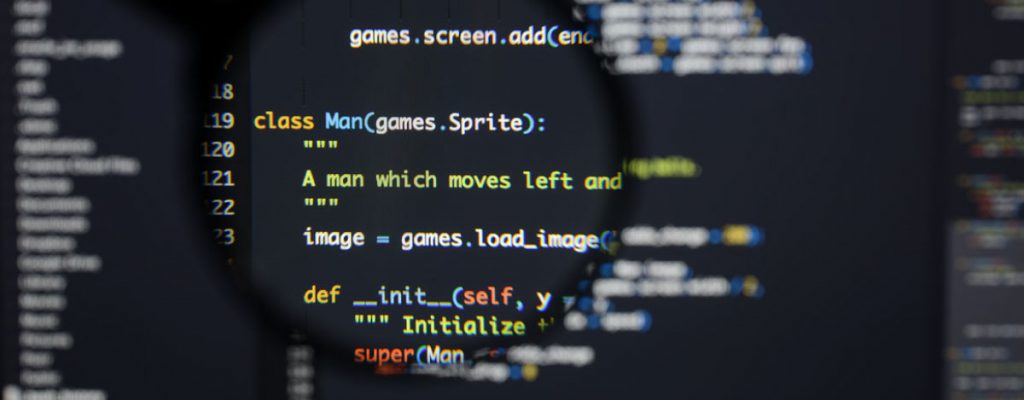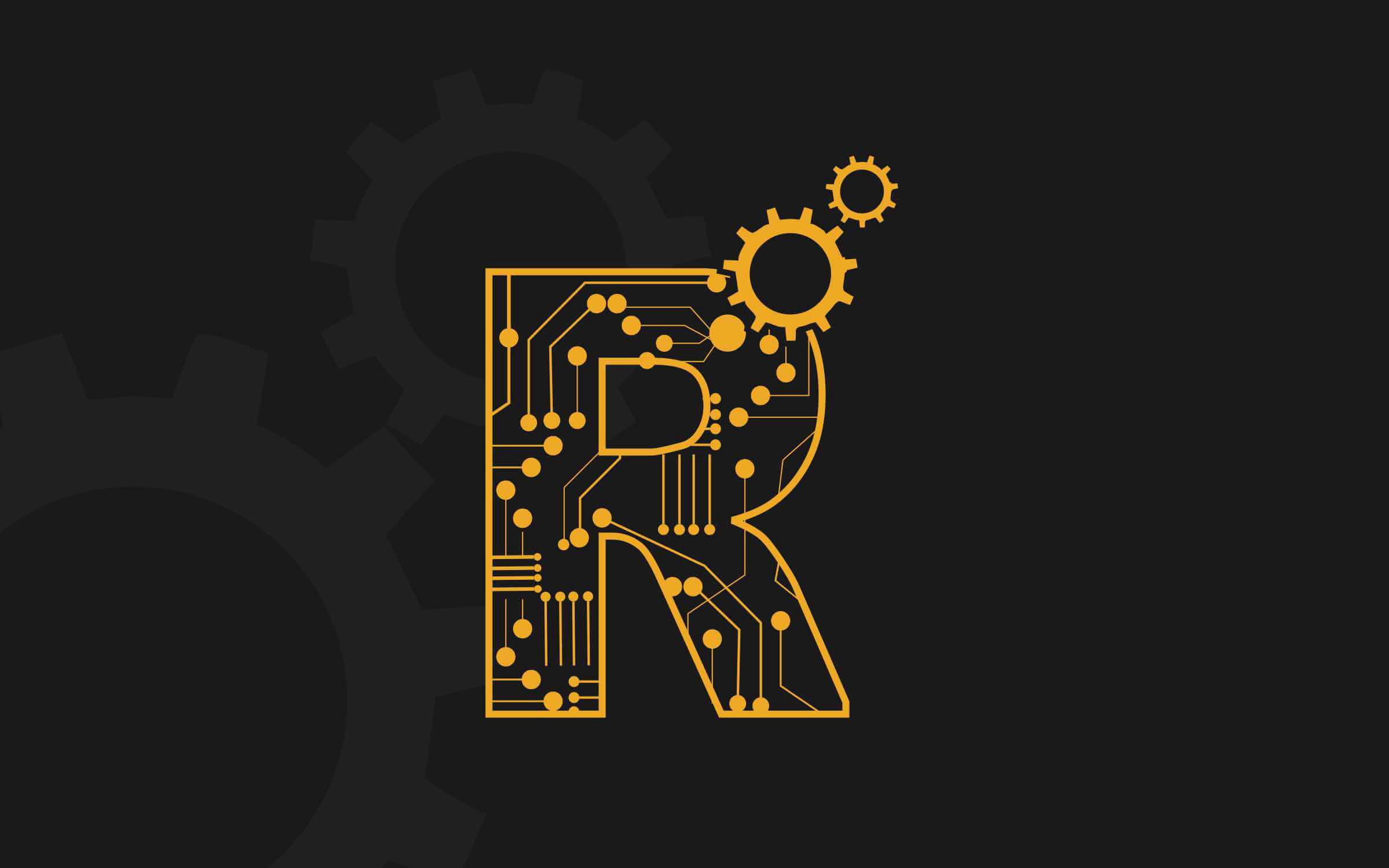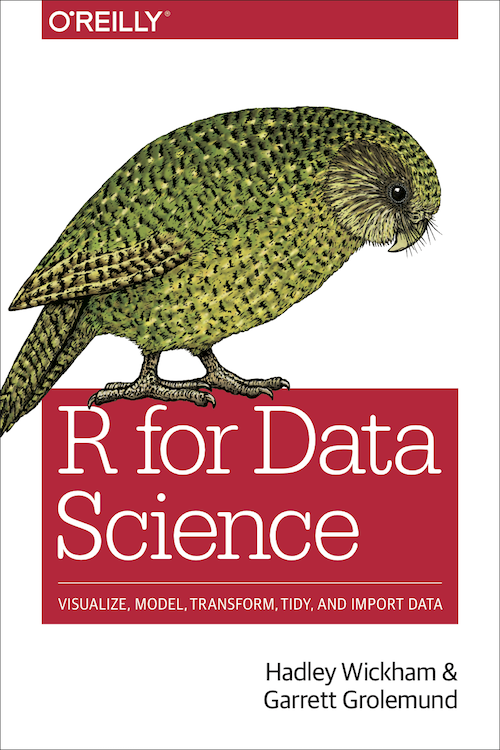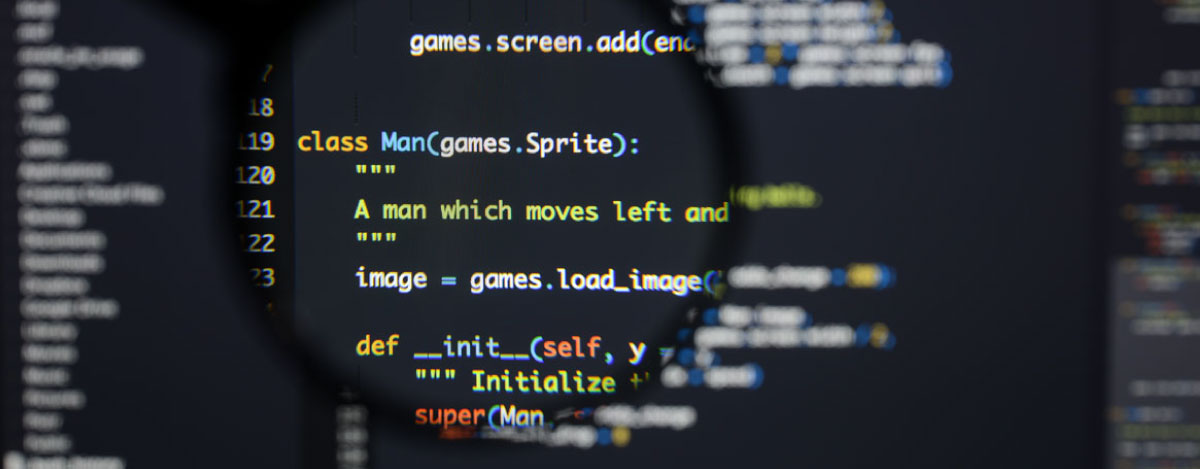
If you are a data scientist, two programming languages that might come to mind when you think of data analysis are R and Python. They are extremely popular and widely compared. However, the choice of the language should be dictated by the analytical challenge that you need to tackle.
R was developed for statisticians and offers strong data visualization functionalities while Python was designed for beginners who need an easy-to-comprehend syntax. The two programming languages have a horde of differences, but they both have a place in the programming and data analysis world.
Introducing R and Python

Origin of R and It’s Application In Machine Learning Part-1
R was created in 1995 as an open-source language. The idea behind R was to have a programming language that could offer a better way to analyze data, statistics, and graphic models. While this technology was initially used mainly for academic research, it has recently found its way into enterprises. In the corporate world, R is the most popular programming language. The supportive community of R developers gives R an edge against Python in the programming world. Experienced programmers will find the syntax of R easy to comprehend.
Python, on the other hand, was created in 1991. The language focuses on code readability and productivity, making it easier for beginner programmers to find their footing in data science. Python is preferred by programmers who are engineering-oriented. The language is flexible, and its simplicity ensures it has a relatively low learning curve. Python also has a community, just like R, where programmers can contribute and help each other.
R and Python: Which Programming Language is Popular?

R vs. Python: Which is a better programming language for data science?
R and Python have been adopted by many programmers and are widely used. You might find comparisons between the two languages online, showing usage and popularity. These technologies evolve along with computer capacities. Although numbers online might show which technology is more popular, it might be challenging to compare the two programming languages side by side.
R is dominant in data science environments – most programmers in data science prefer R thanks to its excellent visuals. Python, on the other hand, as a general-purpose language, is used in many fields, including data science. In the end, you might find that Python is more popular than R, but R is more prevalent in data science.
R and Python: Usage
R

R Programming for Data Science Reference
R comes in handy when the data analysis is done on individual servers, or it requires standalone computing. The language is instrumental for exploratory work or any other type of data analysis thanks to the wide selection of packages and practical tests. The packages and practical tests provide you with the needed tools to kickstart your programming. This technology can even be used as part of a Big Data solution. When getting started with R, you will need first to install RStudio IDE. After installation, check packages such as:
- stringr which lets you manipulate strings
- plyr, dplyr, and data.table to manipulate packages
- zoo to accommodate different time series
- lattice, ggvis, and ggplot2 for visual data
- caret for machine learning
Python

Python for Data Science – Tutorial for Beginners #1 – Python Basics
If you need to integrate statistical data into web apps or your statistics codes need incorporation into a production database, you might find Python friendlier. Python is a fully-fledged programming language which makes it ideal for developing algorithms for production use. The Python packages for data analysis have improved significantly. You might need to install NumPy/SciPy package, which will help in scientific computing, and Pandas for data manipulation. These two packages make Python great for data analysis. For graphics and machine learning, check out matplotlib and scikit-learn packages, respectively.
Python is different from R in that it does not have a clear winning IDE. You will have to choose between Spyder, Notebook, IPython, and Rodeo; whichever meets your needs.
Pros and Cons
R
Data Science With R | Introduction to Data Science with R | Data Science For Beginners
R is preferred because most corporations need to produce visual data. Instead of raw numbers on a screen, R produces the data in smart visuals, and there are lots of packages to help you with that. Again, R is praised for its great packages and its active community. R Packages are available on Github, CRAN, and BioConductor.
One reason why R is considered perfect for data science is that statisticians created it for fellow statisticians. This way, you do not need a background in computer science to understand R.
R is a slow programming language. While this makes it ideal for programmers with minimal experience, expert programmers might find it unfit. However, there are numerous packages to help improve its performance, including renjin and FastR. Another disadvantage of this language is its steep learning curve, especially if you do not have a background in programming.
Python
Python is a great language when you need to share data. You can use IPython Notebook to share data with colleagues without installing any program. This way, the overhead of organizing code is drastically reduced. Python is a general-purpose language that has a flat learning curve. It allows you to write programs fast and allows you more time to play with the codes.
Even with its advantages, Python still has relatively weak visualizations even with visual packages. While Python has come a long way in visualization, with many libraries such as Seaborn and Bokeh, the visualizations on Python are still not as pleasing to the eye.
Python challenges R, but it does not offer as many packages as R offers for data science.
R vs Python: Which Language Wins
R vs Python – What should I learn in 2019? | R and Python Comparison
As a data scientist, the best programming language is one that meets your data analysis needs. If you have to choose between R or Python for data science consider the problems you need to solve, the cost of learning either of the two languages, the tools commonly applicable in your field and available in the language you plan to choose, and how you need your data presented.
Conclusion
Instead of picking one of the two languages, you can leverage the best features of both. Enjoy the statistical and visual capabilities of R and at the same time, use the programming capabilities and simplicity of Python.




